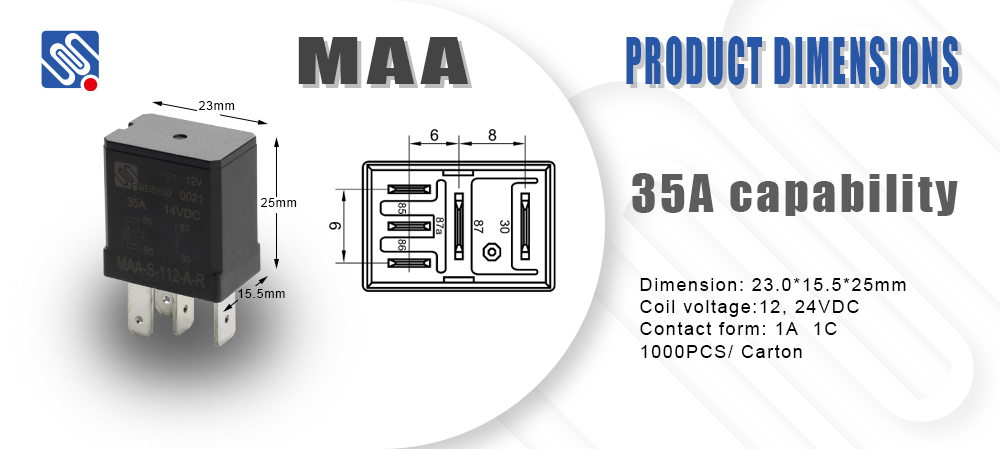understanding relay electrical diagrams: a focus on meishuo
Release time:2025-03-01 13:13:12
Relay electrical diagrams are an essential part of electrical systems, offering a clear and structured way to represent how relays are integrated into circuits. Relays themselves are electrically operated switches that allow circuits to control the flow of electricity remotely, often without physical interaction. By employing a relay, electrical components can be turned on or off in response to a signal, which can either be mechanical or electronic. The relay electrical diagram, therefore, serves as a vital tool for engineers and technicians, ensuring the correct implementation and troubleshooting of relay-based systems.

Meishuo, a company known for its high-quality relay products, has greatly contributed to the field with innovative relay designs and comprehensive diagramming solutions. Their relay electrical diagrams are designed not only for ease of understanding but also for practical application in various sectors, including industrial automation, automotive electronics, and home appliances. Meishuo’s diagrams are particularly noteworthy for their clarity and precision, which are crucial in preventing errors and ensuring system reliability.
Key Components of Relay Electrical Diagrams
Relay electrical diagrams typically consist of several key components, each depicted in a standardized manner. The relay itself is represented by a symbol that includes the coil, contacts, and other parts that make up the relay mechanism. In the diagram, the relay’s coil is often drawn as a rectangle or a circle, while the contacts are represented as switches that can either be open or closed depending on the relay’s state.

